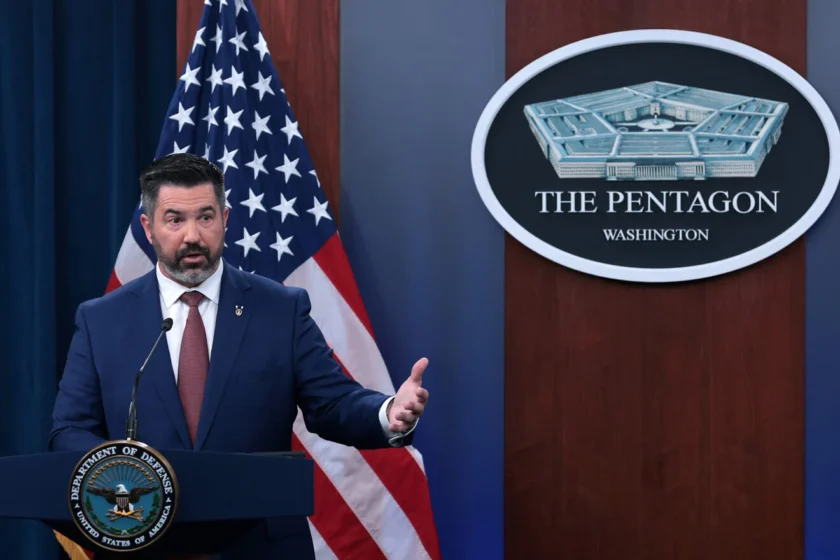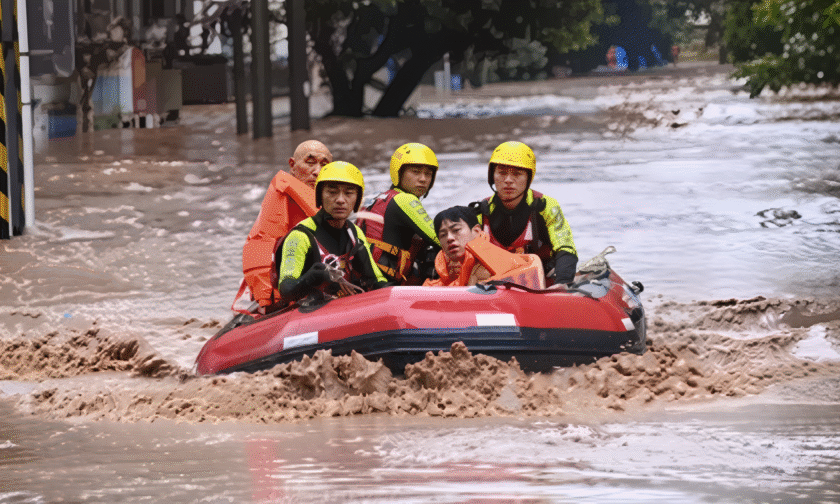Thailand: The 6th BIMSTEC Summit, held on April 4, 2025, in Bangkok, marks a pivotal moment in the evolving dynamics of the Bay of Bengal Initiative for Multi-Sectoral Technical and Economic Cooperation (BIMSTEC), reflecting shifts in regional cooperation, geopolitical priorities, and institutional momentum. Hosted by Thailand under the theme “Prosperous, Resilient, and Open BIMSTEC,” the summit underscores a strategic recalibration among its seven member states—Bangladesh, Bhutan, India, Myanmar, Nepal, Sri Lanka, and Thailand—amid a fast-changing global and regional landscape.
One key dynamic is the heightened focus on actionable connectivity and economic integration. The adoption of the Bangkok Vision 2030, a forward-looking roadmap, signals a shift from rhetoric to implementation, prioritizing trade, investment, and infrastructure development. The signing of the Agreement on Maritime Transport Cooperation is a concrete step, aiming to boost cargo and passenger movement across the Bay of Bengal, enhancing regional trade links. Experts see this as a response to the region’s untapped potential—BIMSTEC represents over 1.7 billion people and a combined GDP of $4 trillion—yet its intra-regional trade remains below 7%, far less than ASEAN’s 25%. This summit’s emphasis on projects like the India-Myanmar-Thailand Trilateral Highway and digital payment system connectivity (e.g., India’s UPI) reflects a push to bridge this gap, positioning BIMSTEC as a viable economic bloc linking South and Southeast Asia.
Geopolitically, the summit highlights a subtle counterbalance to China’s influence. With Bangladesh’s interim leader Muhammad Yunus recently tilting toward Beijing—evidenced by his comments on India’s northeast during his China visit—India has leveraged BIMSTEC to reinforce its regional leadership. Modi’s call for a secure, inclusive Bay of Bengal, coupled with initiatives like the BIMSTEC Energy Centre and disaster management cooperation, subtly counters China’s Belt and Road Initiative, which has a foothold in most BIMSTEC states except India and Bhutan. Analysts note that India’s 32% funding of the BIMSTEC Secretariat and its push for institutional strengthening—like the Rules of Procedure for BIMSTEC Mechanisms—signal a strategic intent to make BIMSTEC a robust alternative to SAARC, which remains paralyzed by India-Pakistan tensions.
The dynamic with Bangladesh adds complexity. Modi’s sideline meeting with Yunus addressed strained ties post-Hasina, with India emphasizing minority safety and border security. Yunus’ raising of Hasina’s extradition met a cool response, suggesting that while BIMSTEC offers a platform for dialogue, bilateral trust remains a work in progress. This tension underscores a broader shift: BIMSTEC is becoming a space where geopolitical fault lines—India-China rivalry, Bangladesh’s balancing act—are negotiated alongside cooperation.
Institutionally, the summit marks a maturation of BIMSTEC’s framework. The adoption of the Eminent Persons Group’s report, finalized after six meetings in 2024, and new partnerships with the Indian Ocean Rim Association and UN Office on Drugs and Crime reflect a move toward a more structured, outward-looking organization. Thailand’s leadership, building on its ASEAN synergy, has injected momentum, with its “PRO BIMSTEC” vision aiming for resilience amid global disruptions like climate change and economic volatility.
However, challenges persist. Execution remains BIMSTEC’s Achilles’ heel—past summits have promised much but delivered unevenly. The absence of a free trade agreement, despite years of talks, and Myanmar’s internal instability limit progress. Posts on X and expert commentary suggest skepticism about whether this summit will break the cycle of “sleeping giant” critiques, though optimism lingers around its practical outcomes.

In essence, the 6th BIMSTEC Summit is shifting the dynamic toward a more proactive, connectivity-driven, and geopolitically aware bloc. It’s a test of whether BIMSTEC can evolve from a dormant forum into a dynamic engine for regional prosperity, balancing cooperation with the underlying rivalries shaping South and Southeast Asia.





